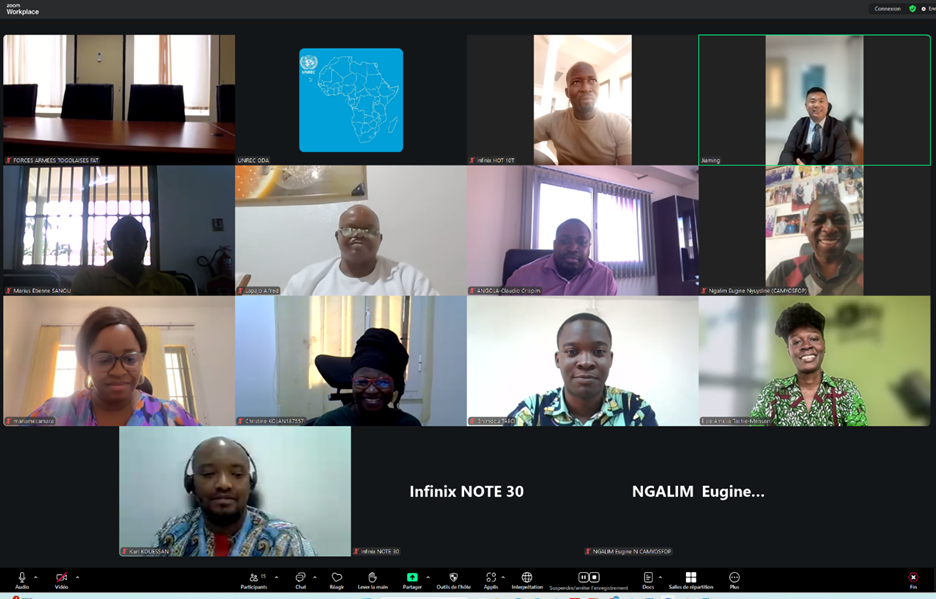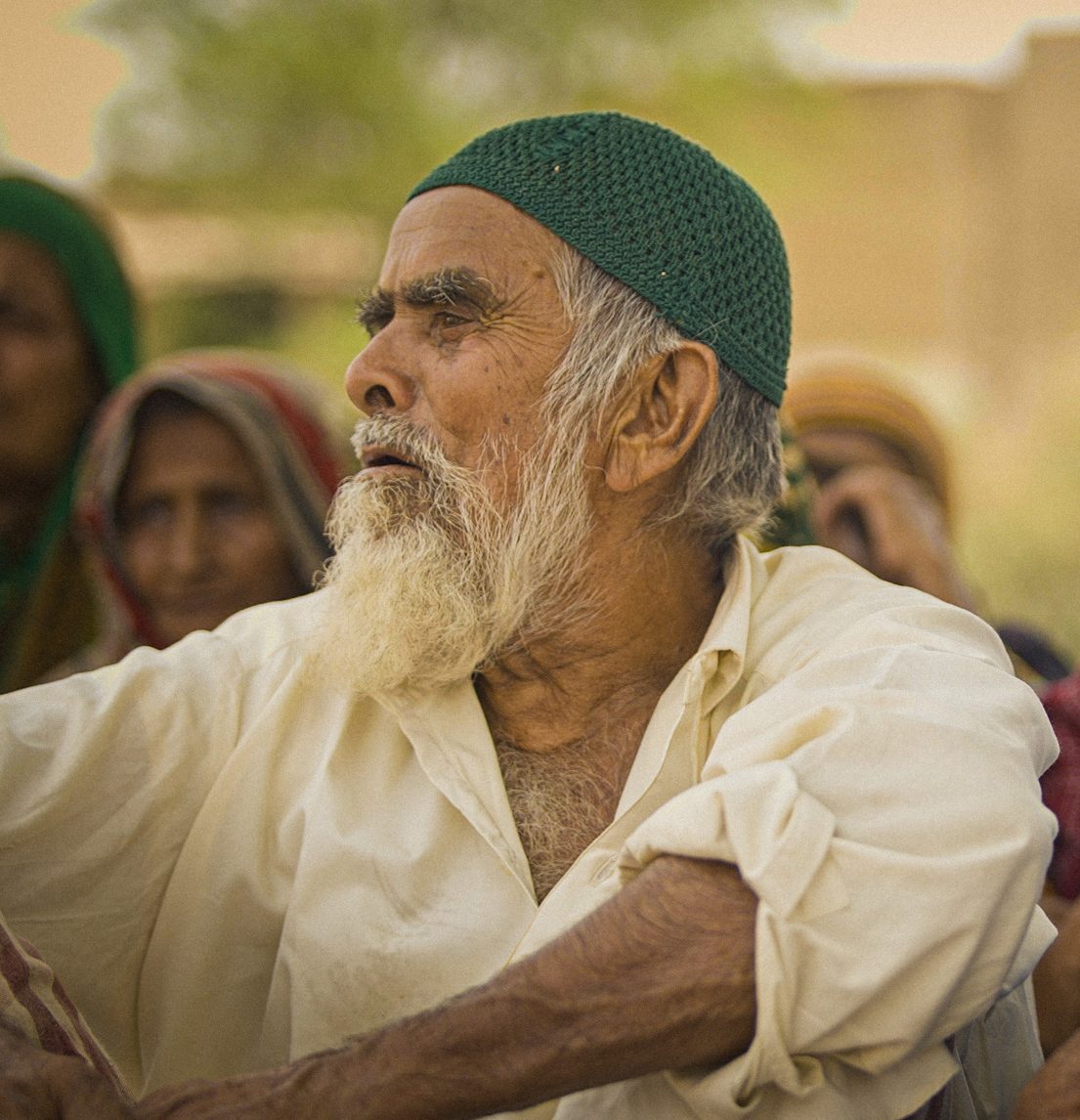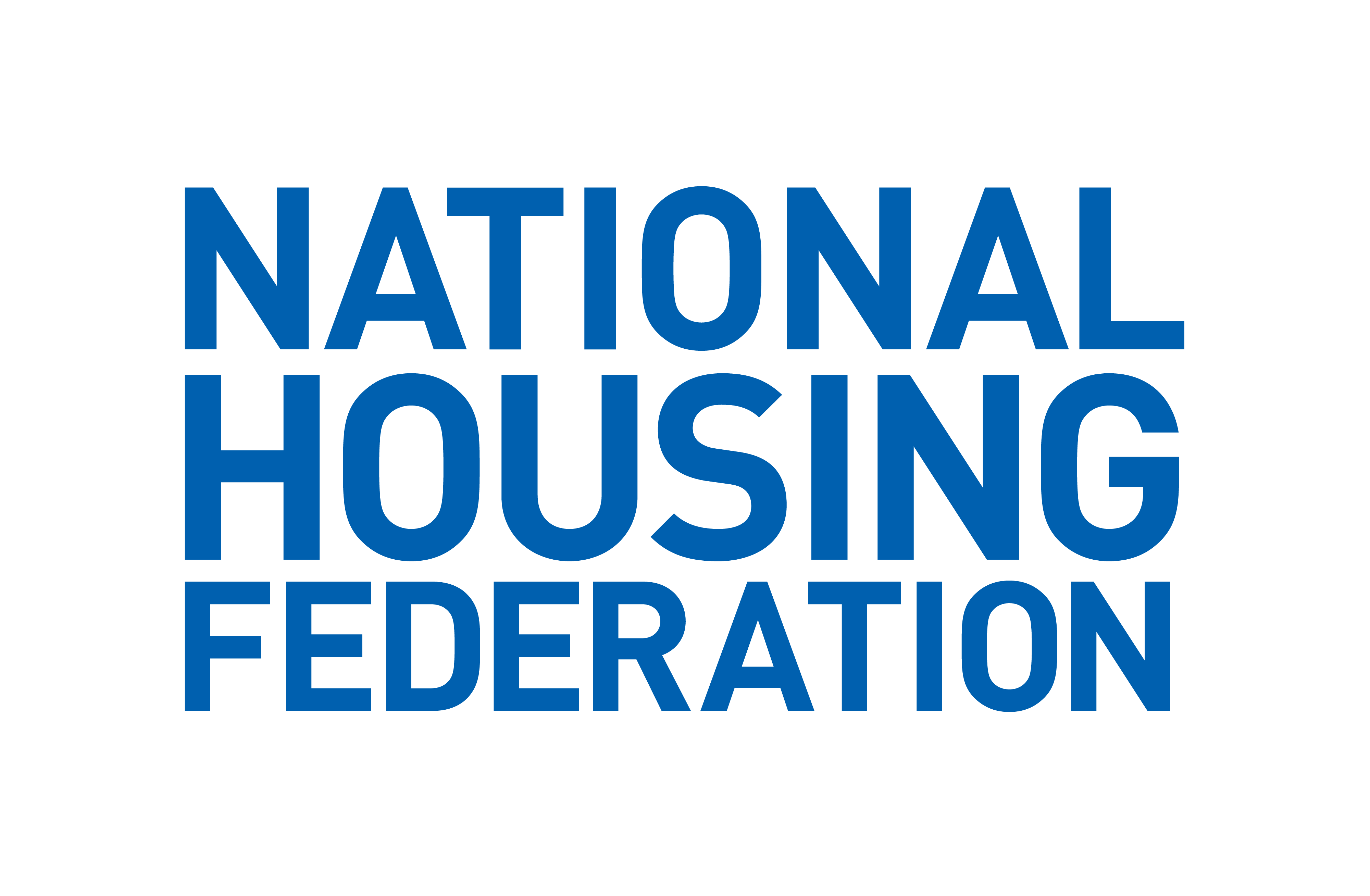Report on the UNREC Webinar: Rebalancing Security Spending for Sustainable Development Goals in Africa
Event Overview
On 10 October 2025, the United Nations Regional Centre for Peace and Disarmament in Africa (UNREC) convened a regional webinar titled “Rebalancing Security for Sustainable Development.” The event brought together African Member States, regional bodies, and civil society organizations to analyze the UN Secretary-General’s report, “The Security We Need: Rebalancing Military Spending for a Sustainable and Peaceful Future.” The primary focus was on aligning national security expenditures with the Sustainable Development Goals (SDGs) and enhancing transparency in defense sector spending to foster human security and sustainable peace across the continent.
Analysis of Military Expenditure and its Impact on the SDGs
The Global Disparity: Military Spending vs. SDG Financing
Claudia García Guiza of the UN Office for Disarmament Affairs (UNODA) presented key findings from the Secretary-General’s report, highlighting a critical imbalance affecting the 2030 Agenda for Sustainable Development. Key statistics presented include:
- Global military expenditure reached USD 2.7 trillion in 2024.
- The estimated annual financing gap to achieve the SDGs stands at USD 4 trillion.
This data underscores the urgent need to rebalance global security investments to close the SDG financing gap and advance goals related to peace (SDG 16), poverty eradication (SDG 1), and global partnerships (SDG 17).
A Human-Centered Security Approach for Achieving the SDGs
Njoya Tikum from UNDP West Africa advocated for a paradigm shift towards a human-centered approach to security. This approach directly supports the achievement of the SDGs by linking stability with foundational development pillars. He emphasized that sustainable peace is built upon:
- Social Inclusion: Addressing inequalities (SDG 10) and ensuring no one is left behind.
- Good Governance: Strengthening institutions for peace and justice (SDG 16).
- Investment in People: Prioritizing funding for education (SDG 4), health (SDG 3), and decent work (SDG 8).
National Case Study: The Opportunity Cost of Defense Spending
Elsie A. Tachie-Menson of the Kofi Annan International Peacekeeping Training Centre (KAIPTC) provided an analysis of Ghana’s fiscal priorities. While acknowledging the need for military modernization, she noted that Ghana’s military expenditure increased by 6.8% in 2023, with projections for continued high growth. This trend risks diverting critical public funds away from social sectors essential for SDG attainment, particularly in health (SDG 3) and education (SDG 4). The case highlights the necessity of robust oversight to ensure defense spending does not undermine national development objectives aligned with the SDGs.
Promoting Transparency to Safeguard Development Financing
Eugine Nyuydine Ngalim, Secretary-General of the Central Africa Action Network on Small Arms (RASALAC), asserted that transparency and accountability in defense budgets are prerequisites for achieving peace and sustainable development (SDG 16). He proposed concrete measures to ensure public resources are allocated effectively towards SDG-related priorities:
- Implementation of open budget portals for public scrutiny.
- Strengthening of independent oversight bodies.
- Enactment and enforcement of freedom of information laws.
- Capacity building for civil society organizations to monitor public spending.
Examples from Kenya, Ghana, and Cameroon demonstrated that increased civic participation leads to improved governance and more effective investments in social programs that advance the SDGs.
Key Recommendations and Strategic Alignment
Rethinking Security to Address Root Causes of Instability
Participants concluded that security must be redefined beyond a military-centric view. A human security approach, which integrates governance, social inclusion, and development, is essential for addressing the root causes of conflict, such as poverty (SDG 1) and inequality (SDG 10). This holistic strategy ensures that national security frameworks contribute directly to the well-being of citizens and the realization of the 2030 Agenda.
Aligning Fiscal Priorities with the 2030 Agenda
A central recommendation was the need to rebalance fiscal priorities to ensure military spending does not crowd out investments in social services. Key actions identified to create fiscal space for the SDGs include improving revenue systems and explicitly linking public spending to outcomes in health (SDG 3), education (SDG 4), and employment (SDG 8) to foster inclusive and sustainable growth.
Integrating Priorities into African Peace and Development Frameworks
The webinar concluded with a call to action for African stakeholders to integrate the five key priorities from the Secretary-General’s report into continental strategies. These priorities provide a direct pathway for aligning security efforts with the SDGs and Africa’s Agenda 2063.
- Prioritizing diplomacy for peace.
- Advancing disarmament initiatives.
- Enhancing transparency in military spending.
- Securing financing for development and the SDGs.
- Adopting a human security approach.
Analysis of Sustainable Development Goals in the Article
1. Which SDGs are addressed or connected to the issues highlighted in the article?
The article addresses several Sustainable Development Goals (SDGs) by focusing on the relationship between military spending, peace, and social investment. The following SDGs are directly or indirectly connected to the issues discussed:
- SDG 16: Peace, Justice and Strong Institutions: This is the most central SDG in the article. The entire discussion revolves around rebalancing security, promoting peace, disarmament, and strengthening transparency and accountability in defense spending. The call for “strengthened independent oversight, freedom of information laws, and training for civil society watchdogs” directly relates to building effective and accountable institutions.
- SDG 17: Partnerships for the Goals: The article highlights the global financing gap for achieving the SDGs (USD 4 trillion) and discusses development financing mechanisms, including Official Development Assistance (ODA) and private sector engagement. It calls for a global rebalancing of investments from military spending to sustainable development, which is a core principle of global partnership.
- SDG 3: Good Health and Well-being: The article explicitly states that excessive defense spending “risks diverting resources from social sectors such as health.” This connects military budgets directly to the availability of funding for health services.
- SDG 4: Quality Education: Similar to SDG 3, the article mentions that high military expenditure can divert funds away from “education,” thereby impacting the resources available for achieving quality education for all.
- SDG 1: No Poverty: The article advocates for a “human security approach” that addresses the “root causes of instability, including poverty and exclusion.” This implies that reallocating funds from military spending to social investment can contribute to poverty reduction efforts.
- SDG 8: Decent Work and Economic Growth: The discussion emphasizes linking spending to “employment creation” as a key measure for sustainable and inclusive growth, connecting security budget decisions to economic outcomes.
2. What specific targets under those SDGs can be identified based on the article’s content?
Based on the article’s discussion, several specific SDG targets can be identified:
- Target 16.6: Develop effective, accountable and transparent institutions at all levels. The article’s strong emphasis on “transparency and accountability in defense budgets,” “open budget portals,” and “strengthened independent oversight” directly aligns with this target.
- Target 16.4: By 2030, significantly reduce illicit financial and arms flows, strengthen the recovery and return of stolen assets and combat all forms of organized crime. The webinar’s host, the UN Regional Centre for Peace and Disarmament in Africa (UNREC), and the focus on disarmament connect to the goal of reducing arms flows.
- Target 16.7: Ensure responsive, inclusive, participatory and representative decision-making at all levels. The article highlights the success of “civic participation and youth-led budget monitoring” in Kenya, Ghana, and Cameroon, which is a direct example of this target in action.
- Target 17.1: Strengthen domestic resource mobilization, including through international support to developing countries, to improve domestic capacity for tax and other revenue collection. The article mentions “improving revenue systems” as a key measure, which supports this target’s goal of enhancing domestic financial resources for development.
- Target 1.a: Ensure significant mobilization of resources from a variety of sources… to implement programmes and policies to end poverty in all its dimensions. The core argument of the article—rebalancing military spending to fund social investments—is about mobilizing resources to address poverty and other development challenges.
- Target 3.c and 4.a: While not explicitly numbered, the concern about diverting funds from “health and education” implies a direct connection to targets that rely on public financing, such as Target 3.c (Substantially increase health financing) and Target 4.a (Build and upgrade education facilities that are child, disability and gender sensitive).
3. Are there any indicators mentioned or implied in the article that can be used to measure progress towards the identified targets?
Yes, the article mentions or implies several quantitative and qualitative indicators that can be used to measure progress:
- Military Expenditure Figures: The article provides concrete figures, such as “global military expenditure reached USD 2.7 trillion in 2024” and “Ghana’s military expenditure increased by 6.8% in 2023.” These figures serve as direct indicators for tracking military spending, which is central to the article’s theme of rebalancing budgets. This can be used as a proxy indicator for Target 16.4.
- SDG Financing Gap: The mention of the “financing gap to achieve the Sustainable Development Goals (SDGs) stands at USD 4 trillion” is a high-level indicator used to measure the overall resource deficit for development, relevant to SDG 17.
- Existence of Transparency Mechanisms: The article proposes “open budget portals,” “freedom of information laws,” and “independent oversight” bodies. The existence and effectiveness of these mechanisms are qualitative indicators for measuring progress on Target 16.6 (accountable and transparent institutions).
- Level of Civic Participation: The reference to “civic participation and youth-led budget monitoring” implies that the level and impact of civil society engagement in budgetary processes can be used as an indicator for Target 16.7 (inclusive and participatory decision-making).
- Official Development Assistance (ODA) Levels: The mention of the shift from “traditional Official Development Assistance (ODA)” is a reference to a key indicator for SDG 17, which tracks financial flows from developed to developing countries.
4. Table of SDGs, Targets, and Indicators
| SDGs | Targets | Indicators (Mentioned or Implied in the Article) |
|---|---|---|
| SDG 16: Peace, Justice and Strong Institutions |
16.6: Develop effective, accountable and transparent institutions. 16.7: Ensure responsive, inclusive, participatory and representative decision-making. 16.4: Significantly reduce illicit financial and arms flows. |
– Existence of open budget portals and freedom of information laws. – Presence and strength of independent oversight mechanisms. – Level of civic and youth-led participation in budget monitoring. – National and global military expenditure figures and growth rates (e.g., Ghana’s 6.8% increase). |
| SDG 17: Partnerships for the Goals |
17.1: Strengthen domestic resource mobilization. 17.2: Developed countries to implement fully their official development assistance commitments. |
– The SDG financing gap (mentioned as USD 4 trillion). – Volume and trend of Official Development Assistance (ODA). – Measures for improving domestic revenue systems. |
| SDG 3 & 4: Good Health & Well-being and Quality Education | Targets related to increasing financing and resources for health and education sectors (e.g., 3.c, 4.a). | – (Implied) Government expenditure on health and education as a percentage of total government spending, relative to military spending. |
| SDG 1: No Poverty | 1.a: Ensure significant mobilization of resources… to end poverty. | – (Implied) Amount of public funds reallocated from military budgets to social investment programs aimed at poverty reduction. |
| SDG 8: Decent Work and Economic Growth | Targets related to promoting inclusive and sustainable economic growth and employment. | – (Implied) Linkage between public spending priorities and rates of employment creation. |
Source: disarmament.unoda.org






